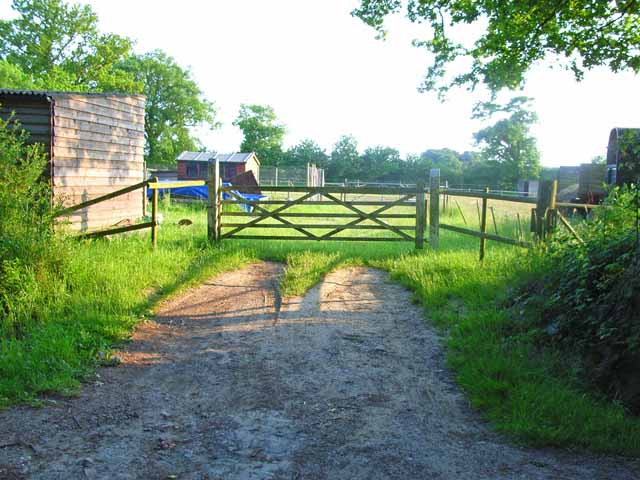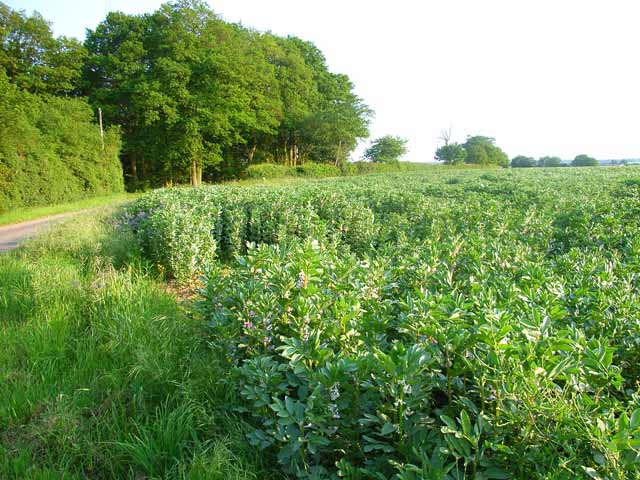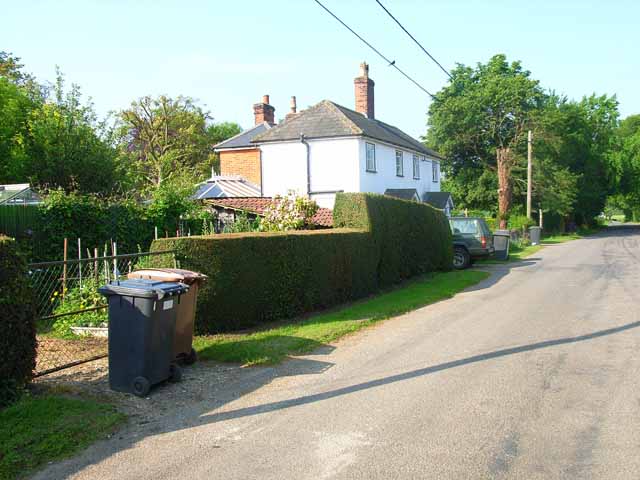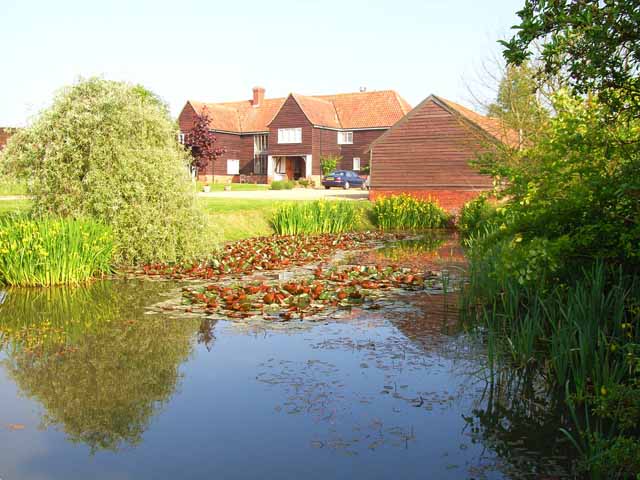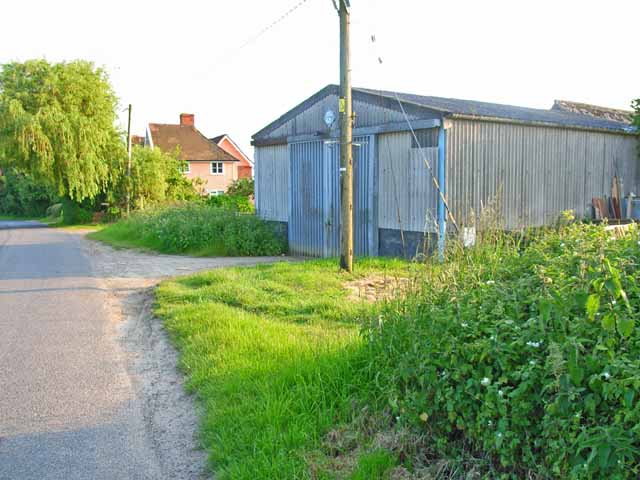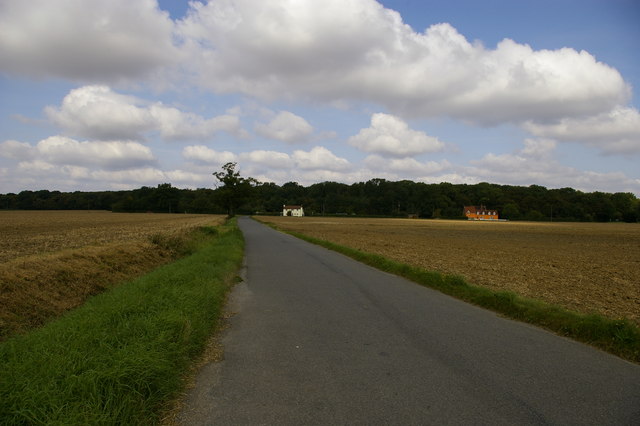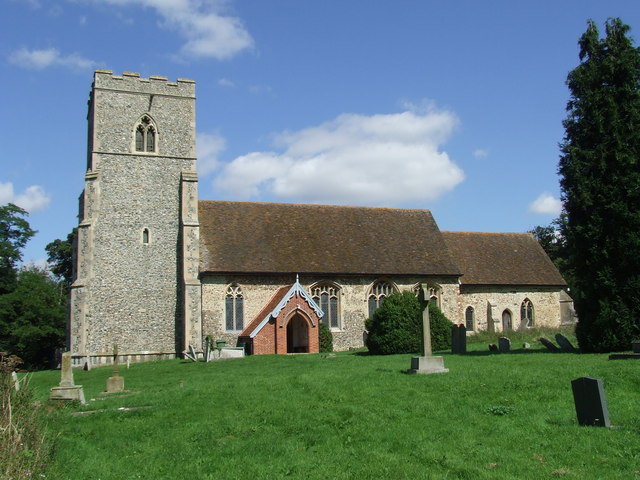Groton
Civil Parish in Suffolk Babergh
England
Groton

Groton is a civil parish located in the county of Suffolk, England. With a population of around 600 residents, it is a small and quaint village situated about eight miles north of Sudbury. The village is surrounded by beautiful countryside, with rolling hills and picturesque landscapes, making it an attractive destination for nature lovers and those seeking a peaceful retreat.
Historically, Groton has a rich heritage, dating back to medieval times, and evidence of this can still be seen in some of its well-preserved buildings. The village church, St Bartholomew's, is a notable example, with parts of it dating back to the 13th century. The church is a focal point for the community and holds regular services and events.
Groton may be small, but it boasts a strong sense of community. The village has a primary school, a village hall, and a local pub, the "The Fox," which serves as a gathering place for residents and visitors alike. The village also has several footpaths and bridleways, allowing for enjoyable walks and horse riding in the surrounding countryside.
Despite its rural location, Groton benefits from good transport links. The nearby A134 road provides easy access to Sudbury, and the village is also served by regular bus services. Additionally, the mainline railway station in Sudbury connects Groton to larger towns and cities further afield.
In summary, Groton is a small and charming village in Suffolk, offering a peaceful and idyllic setting. With its rich history, strong community spirit, and natural beauty, it is a delightful place to live or visit.
If you have any feedback on the listing, please let us know in the comments section below.
Groton Images
Images are sourced within 2km of 52.049057/0.864776 or Grid Reference TL9642. Thanks to Geograph Open Source API. All images are credited.


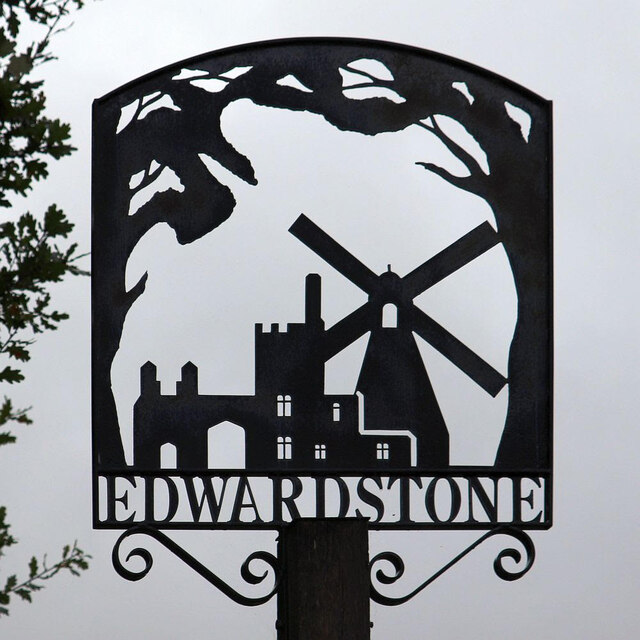
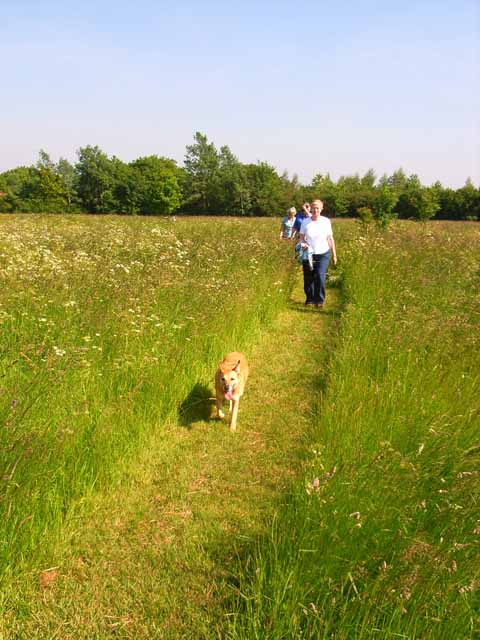
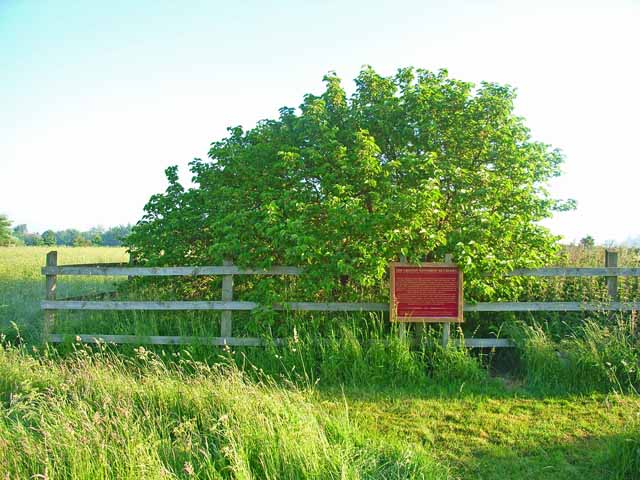
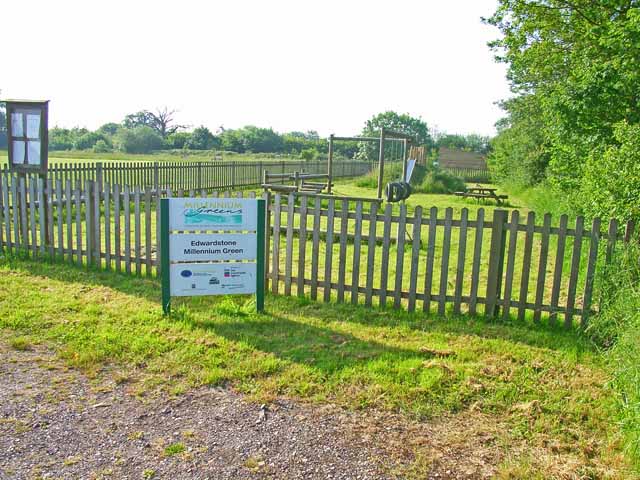
Groton is located at Grid Ref: TL9642 (Lat: 52.049057, Lng: 0.864776)
Administrative County: Suffolk
District: Babergh
Police Authority: Suffolk
What 3 Words
///plodding.gagging.decreased. Near Hadleigh, Suffolk
Nearby Locations
Related Wikis
Groton Wood
Groton Wood is a 20.2-hectare (50-acre) biological Site of Special Scientific Interest north-east of Groton in Suffolk. It is owned and managed by the...
Groton, Suffolk
Groton is a village and civil parish in the Babergh district, Suffolk, England, located around a mile north of the A1071 between Hadleigh and Sudbury....
Boxford, Suffolk
Boxford is a large village and civil parish in the Babergh district of Suffolk, England. Located around six miles east of Sudbury straddling the River...
Milden Thicks
Milden Thicks is a 42.3-hectare (105-acre) biological Site of Special Scientific Interest east of Great Waldingfield in Suffolk, England. It is in four...
Edwardstone
Edwardstone is a village and civil parish in the Babergh district, in the county of Suffolk, England. The parish contains the hamlets of Mill Green, Priory...
Lindsey, Suffolk
Lindsey is a small village and a civil parish, located in mid-to-south Suffolk, under the purview of Babergh District Council. == Layout == The parish...
Edwardstone Woods
Edwardstone Woods is a 27 hectare biological Site of Special Scientific Interest near Edwardstone in Suffolk, England. It is in four areas, Park Wood with...
Milden Castle
Milden Castle was a motte-and-bailey castle on Foxburrow hill in Milden, a village in Suffolk, England. It was built in the 12th century, but today all...
Have you been to Groton?
Leave your review of Groton below (or comments, questions and feedback).

